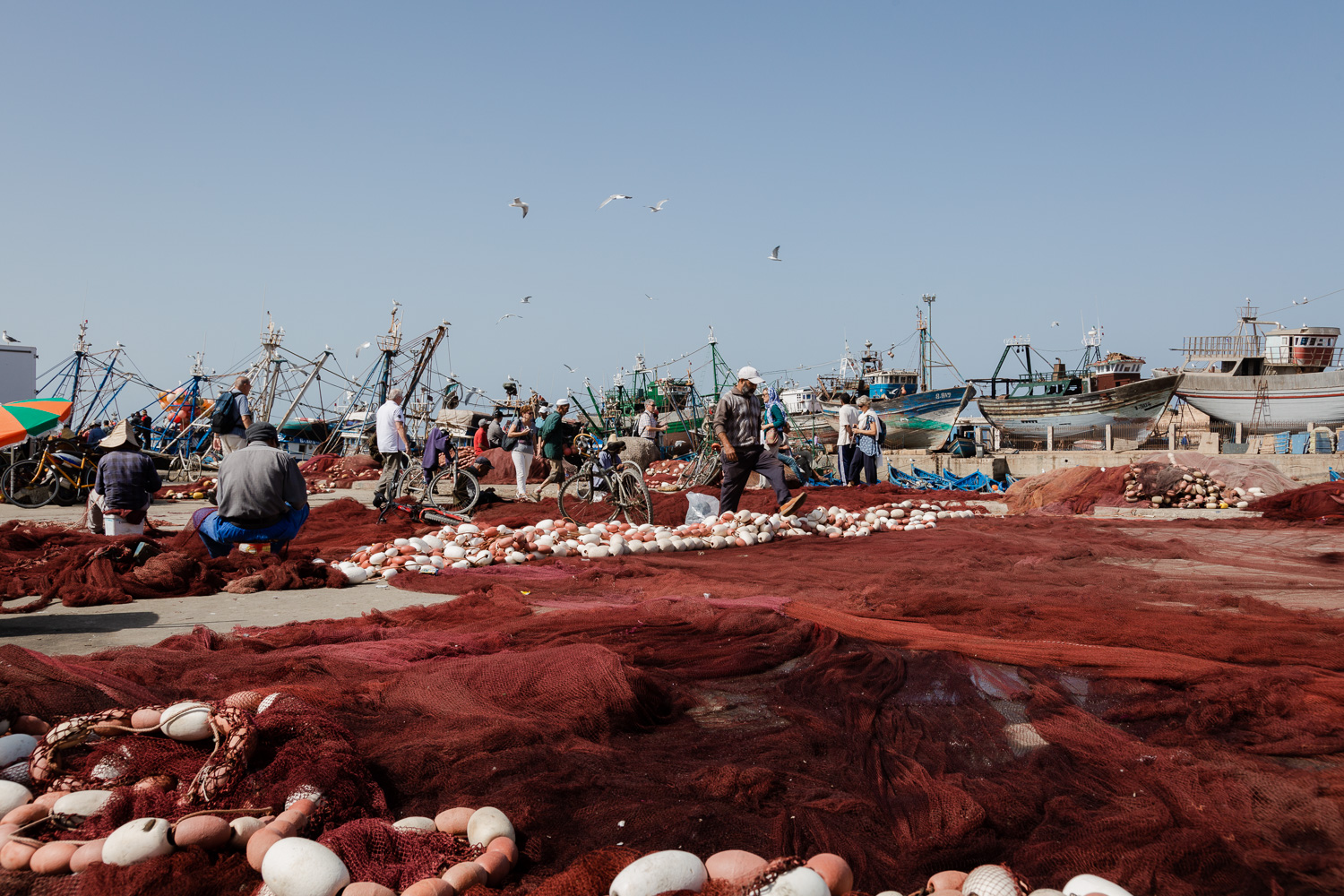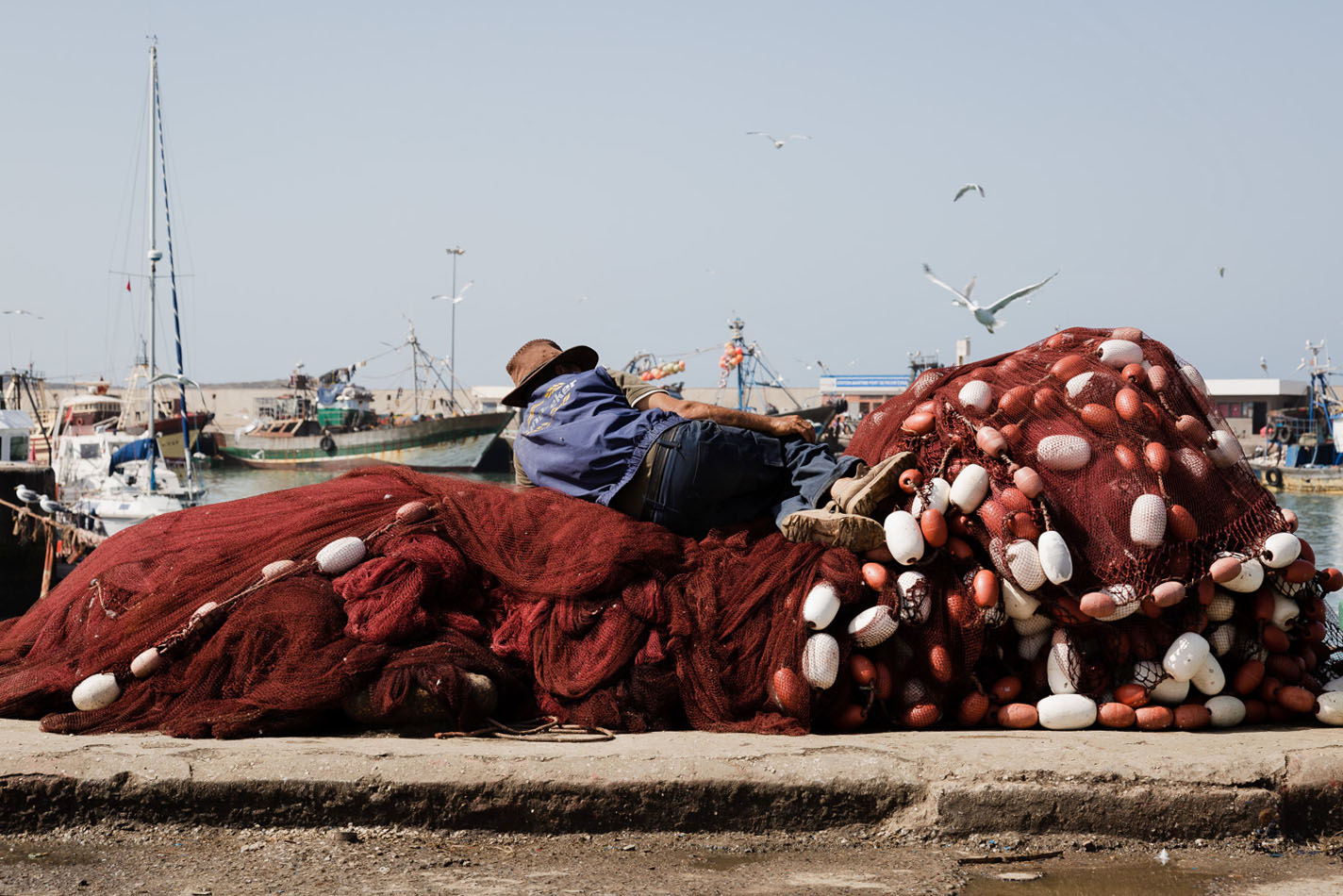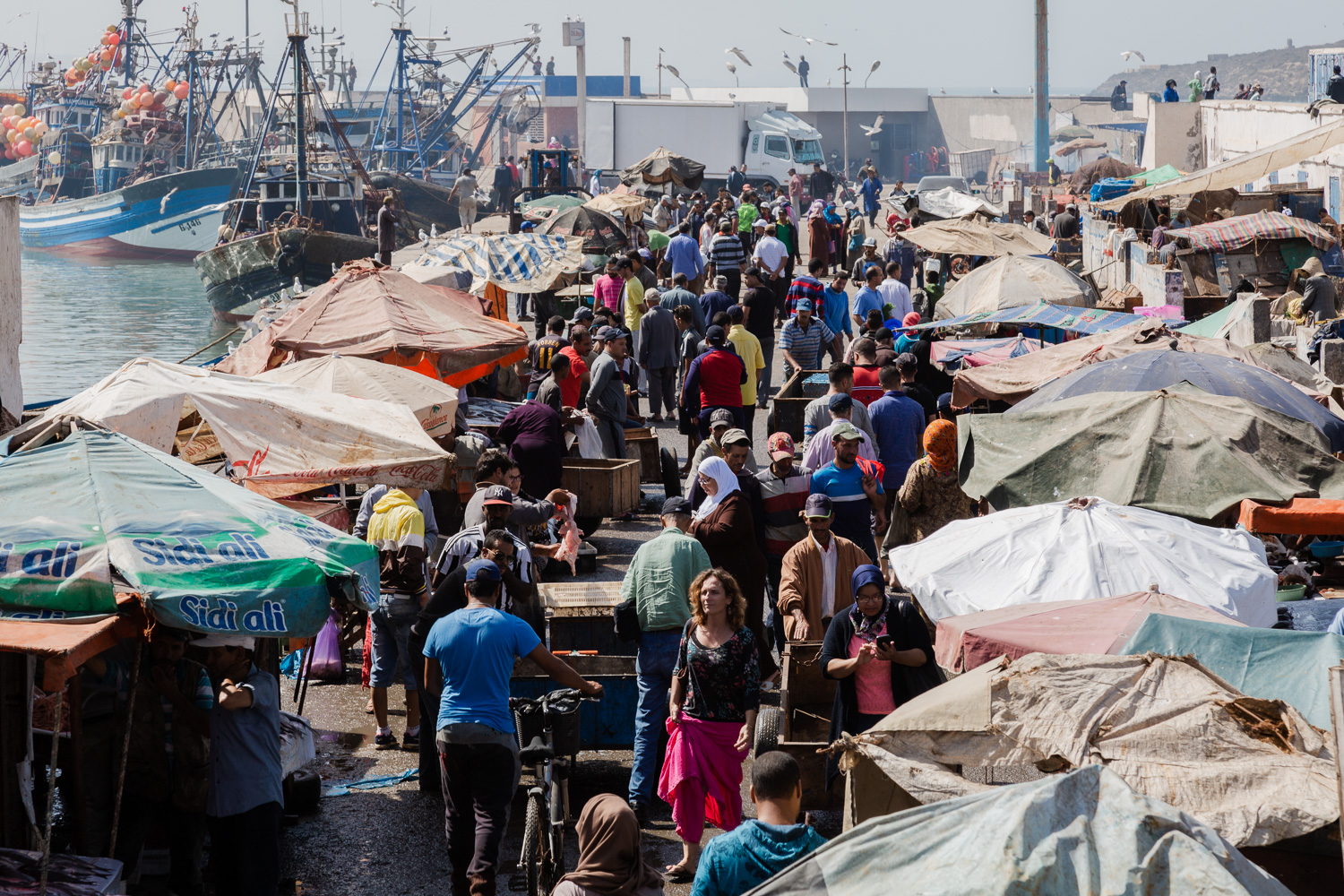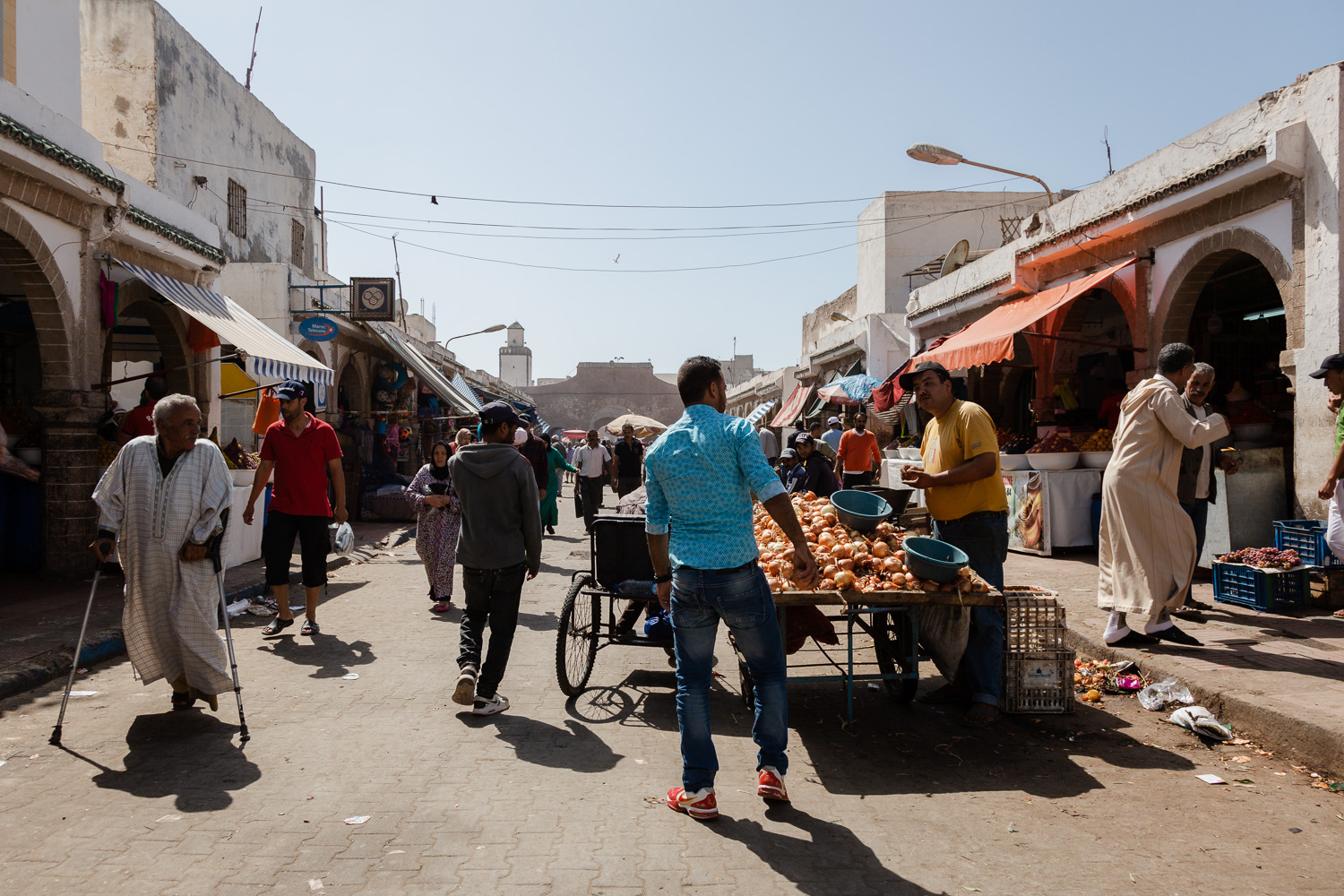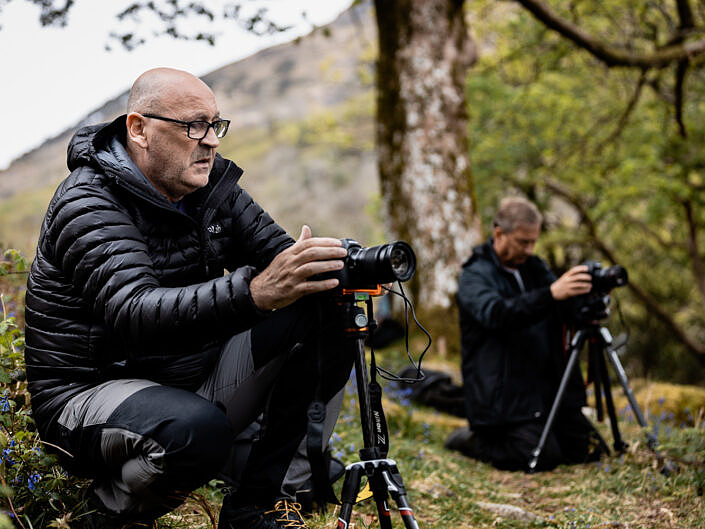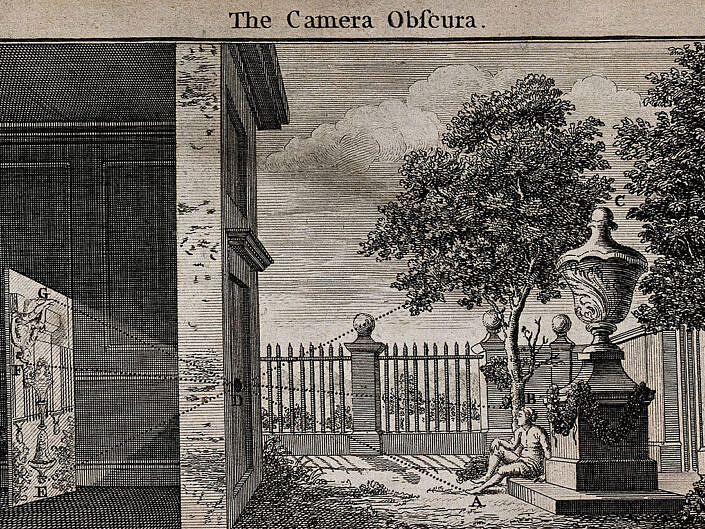From close-up shots of people on the street to wide-angle photographs of conflict, documentary photography helps audiences to understand all facets of life, including important historical and contemporary events.
Documentary photography is an umbrella term used to describe art that captures a real moment as it happens, often conveying a message about the world. As opposed to photojournalism, which focuses on breaking news stories, documentary photography highlights an ongoing issue, often drawing attention to dangerous or concerning events which need some form of political or remedial action.
The History Of Documentary Photography
This type of photography is believed to have first been used in the early 19th century by Philip Henry Delamotte, a British photographer who captured the disassembly of Crystal Palace as well as its reconstruction at Sydenham. Published in several books, Delamotte’s photos are used to this day to help architects understand how the building was constructed.
Thanks to the work of Delamotte and photographers such as Jacob Riis, Dorothea Lange and Mathew Brady, documentary photography soon gained wider recognition. Scottish photographer Robert Adamson used this technique to reveal the lives of the ordinary people of Scotland. Deciding against taking just one photo, his series of photographs, when put together, helped to reveal a wider story.
During the 20th century, photographers such as August Sander used documentary photography to highlight the lives of the German people in the years between the first and second world wars, showing a wide variety of citizens from all areas of society.
Even today, documentary photographers continue to highlight social justice issues in their work. These include stories on poverty, marginalised people and cultures, and the impact of war. This form of photography is also used frequently in nature, revealing elements of the natural world that are not often seen or are hard to find for the average person.
Famous Documentary Photographers
Emila Medková was a talented Czech photographer in the 20th century who used her own form of surrealist documentary photography to capture the reality of life in post-war Europe. Deeply influenced by the surrealism movement, her unique images were not as straightforward or obvious as some previous examples of documentary photography.
Commenting on her own work, Emila said: “If there is no mystery in a photograph, if its reality has no other design, then it is empty. It is not a matter of description of objects, it is not a matter of describing a head, a face inscribed in another object, but rather a matter of what is evoked.”
Another well-known documentary photographer is John Thomson. Renowned for his photography from the Far East in the 19th century, Thomson’s photographs were used to educate British audiences about the people, land and cultures of South-East Asia and China. He also spent time documenting the social conditions of homeless people in London, however, these images were slightly more posed than is generally accepted in documentary photography today, which was largely due to the equipment used at the time.
How to shoot documentary photography
If you’re looking to explore the world of documentary photography yourself, it’s important to remember that good documentary photography isn’t about capturing a single moment but telling a considered and interesting story. By providing an accurate and detailed view of people, events and places, you can capture a fascinating narrative. Here are a few tips to help get you started.
Choose Your Concept
This won’t happen overnight. You need to take some time to do your research and think carefully about what you’re wanting to say. However, whatever concept you choose – showing a rarely seen part of your city, revealing the lives of the elderly, or a looser concept such as capturing quiet moments – your idea should feel important and relevant to you. Your passion for a subject, as well as a strong narrative structure, will make these images interesting to viewers.
One of the best ways to figure out your narrative is to create a storyboard. You won’t make much headway if you simply pick up your camera and start taking images. You need to think about the different shots you’re going to take and what you want these to show.
Learn what makes a good photo
While it’s important to know what images you’re actually going to take, you also need to pay attention to light, shadow and composition as these will be essential for making sure your images tell the right story. Alexander Cohn, a contemporary documentary photographer, said: “It takes a while to get to the point where you have several good photos, but then you can figure out a way to string them together into a more complete story.”
Aim for candid shots
The beauty of documentary photography is the candid moments it captures. As such, don’t try to get picture-perfect shots; you need to be capturing events that are happening right in front of you, even if it means the composition or finish isn’t perfect.
Don’t Be Tempted To Edit Your Photos
A true documentary photograph is raw and unedited, so don’t be tempted to manipulate your photos as you’ll lose the authenticity. It can be hard to avoid the urge to ‘perfect’ your images, especially if you’re used to editing them, so try to remember that this will benefit your images and the narrative you’re trying to create in the long run.
As you can see, documentary photography is an incredible tool for capturing important events and moments in time. When used to highlight a specific issue, great documentary photography will be admired and looked back on in years to come.


